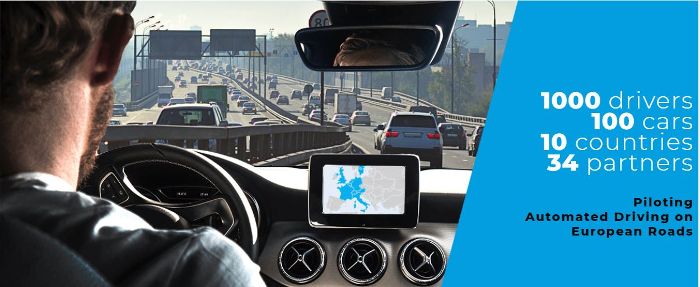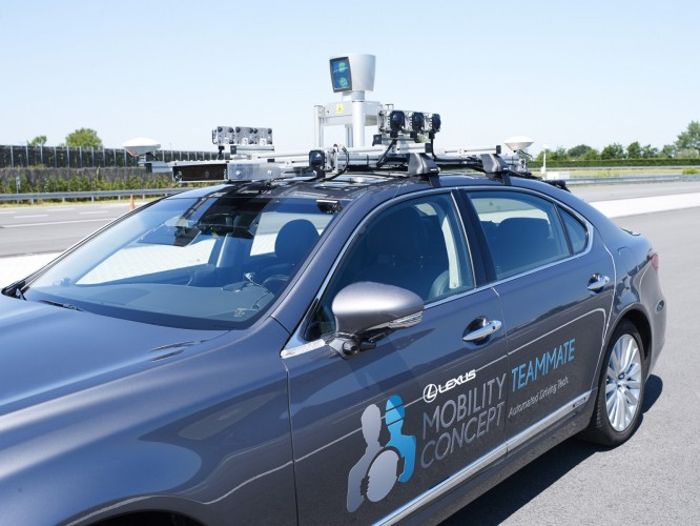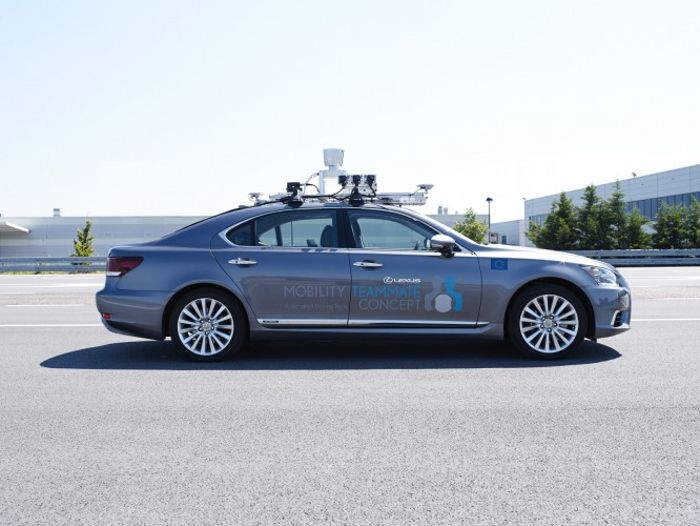Following several successful demonstration projects in Japan and the USA, Toyota is beginning automated driving (AD) tests on public roads in Europe with a pilot on city center streets in the Belgian capital, Brussels.
After successful simulations and trials on closed circuits, Toyota Motor Europe (TME) is now taking its in-house developed AD systems to a real-life urban setting in the headquarters of the European Union (EU) and home to citizens of 184 different nationalities. the vibrant city centre of Brussels, Belgium. A modified Lexus LS saloon car will repeatedly complete a fixed loop on regular, open roads for the next 13 months. The vehicle will be equipped with a roof-mounted pack of sensors including lidar, radars, cameras and a high-precision positioning system. The test vehicle will be manned by a safety driver, who can intervene and overrule the AD vehicle control system at any time, and will be accompanied by an operator supervising the entire system.

With the aim of realizing safer and more accessible mobility, Toyota is working on two different automated driving models in parallel: Guardian mode, which uses technology to constantly monitor the human’s driving task, intervening only when necessary; and Chauffeur mode, where the technology takes all responsibility for driving. The project has received funding from the EU’s Horizon 2020 research and innovation program, and the automated Lexus will also be collecting data as part of Toyota’s involvement in the pan-European L3Pilot project.
Launched in 2017 and partially funded by the European Commission, the four-year L3Pilot program involves TME and 34 other partners, including major car manufacturers, automotive suppliers, research institutes and authorities. The project paves the way for large-scale AD field tests of around 1,000 drivers in 100 cars across 10 European countries. Within this framework, Toyota will concentrate on researching customer behaviors and the safe operation of systems in complex and diverse urban environments.

“Within our global operations, TME’s Brussels R&D facility is the Regional Centre of Excellence for Computer Vision, making computers ‘see and understand’ the environment around them. Our ultimate goal is zero casualties from traffic accidents, and the main goal of this pilot is to study complex and unpredictable human behavior and its impact on automated driving system requirements,” explained Gerard Killmann, TME’s vice president of research and development. “Responding to the complexity and diverse population of an urban environment like Brussels is key to understanding human behavior. After successful trials on public roads in Japan and the USA, we are now adding European conditions to the technology’s understanding.”
Christophe Vanoerbeek, from Brussels Mobility, commented, “The Brussels-Capital Region is committed to staying on top of the latest technological developments regarding automated vehicles. We are conscious of the potential of the technology as a solution for urban mobility, whilst at the same time prioritizing safety. This acknowledgement is reflected in our new Regional Mobility Masterplan, called Good Move, and in one of the 50 actions that we put forward in order to make our vision a reality: to anticipate the automation of vehicles.”





